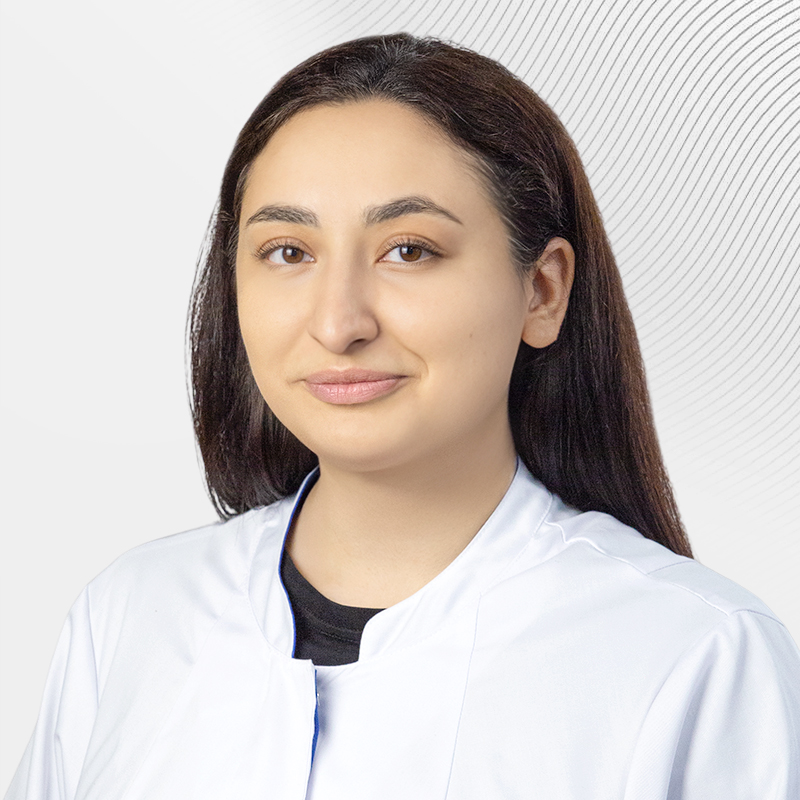Hip replacement
Endoprosthetics is a surgical operation in which part of the damaged joint or the entire joint is replaced with implants made of metal, plastic or ceramics. Partial or complete hip replacement restores mobility to the patient, relieves him of painful sensations and improves the quality of life. The first endoprosthetics began to be performed back in the 60s of the last century. Currently, up to 1.5 million such surgical procedures are performed worldwide annually.
Indications

The most common indications for endoprosthetics are the following diseases and damage to the TBS:
-
Primary coxarthrosis (deforming osteoarthritis) is the deterioration of cartilage and other parts of the hip joint due to age—related changes in the human body.
-
Post-traumatic coxarthrosis is the destruction of the TBS after suffering a fracture, dislocation, ligament damage or against the background of prolonged increased stress (sports, hard physical labor, obesity).
-
Rheumatoid arthritis (coxitis) is a chronic inflammation of the joint.
-
Necrosis of the femoral head (aseptic or avascular necrosis) is the death of bone tissue in the hip joint due to impaired blood supply.
-
Femoral neck fracture in old age.
-
Hip dysplasia is an inferiority of the TBS due to abnormal development.
Contraindications
Contraindications to endoprosthetics are:
-
infections of the hip joint and surrounding tissues;
-
acute or chronic diseases in the acute stage;
-
body mass index above 40 kg/m2.
Manageable risk factors for postoperative complications include smoking, poorly controlled diabetes mellitus, obesity (BMI from 30 kg/m2 and higher), asymptomatic bacteriuria (the presence of bacteria in the urine), anemia (low hemoglobin levels in the blood), intra-articular injections of corticosteroids for 6 weeks before surgery.
Types of operations
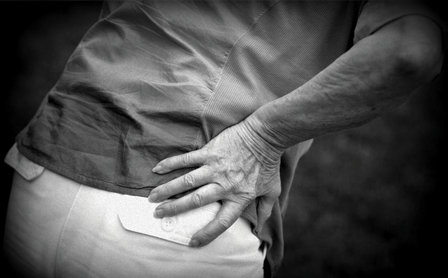
Endoprosthesis is called primary if one's own joint is being replaced with an artificial one. Since the prosthesis may wear out during operation, lose its properties, or cause changes in surrounding tissues with poor-quality treatment, repeated (revision) endoprosthetics are possible.
During surgery, the surgeon can replace the entire hip joint (total arthroplasty) or only one part of it — the femoral head (unipolar arthroplasty).
Total arthroplasty is performed for any joint deformities, while the structure lasts longer. But such an operation requires highly qualified surgeons.
The service life of a single-pole prosthesis is shorter, so it is installed for elderly patients who move relatively little. Partial joint replacement surgery takes less time, is less traumatic, and does not involve significant blood loss. Therefore, rehabilitation after it is faster.
The prosthesis is fixed using cement or a cement-free method. Bone cement is a synthetic material that strengthens one's own bone weakened by osteoporosis and makes it possible to securely fix an artificial joint in it. If the bone tissue in the area of the prosthesis installation has retained its strength and density, cementation is not performed.
Preparing for the operation
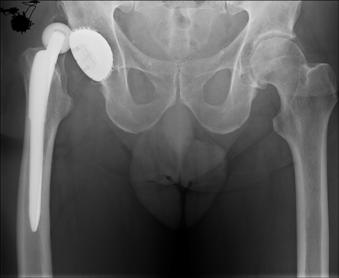
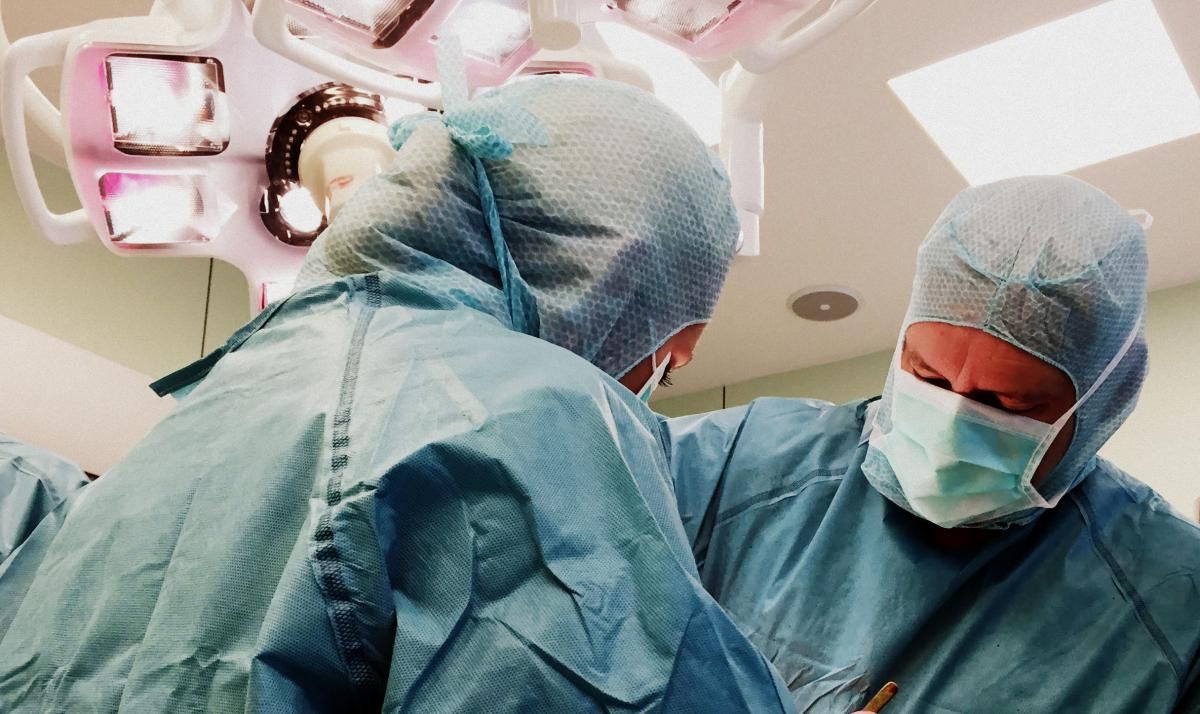 After an examination and a preliminary examination, which includes taking an anamnesis, identifying indications and contraindications, the surgeon decides on the operation and selects the type of prosthesis. The patient's age, general health, physical activity level, weight, and bone quality are taken into account. At the stage of preoperative preparation, a comprehensive examination is performed, which may include:
After an examination and a preliminary examination, which includes taking an anamnesis, identifying indications and contraindications, the surgeon decides on the operation and selects the type of prosthesis. The patient's age, general health, physical activity level, weight, and bone quality are taken into account. At the stage of preoperative preparation, a comprehensive examination is performed, which may include:
-
clinical and biochemical blood tests;
-
blood test for infectious diseases (HIV, syphilis, hepatitis);
-
coagulogram (blood clotting test);
-
fluorography;
-
ECG;
-
general urinalysis;
-
ultrasound examination of the veins of the lower extremities.
Elderly patients and people with chronic diseases are prescribed consultations by a cardiologist, neurologist and other specialized specialists. To prevent dangerous complications associated with blood clots, anticoagulant medications are prescribed on the eve of surgery.
How the operation is performed
The duration of the operation depends on the complexity and volume of the surgical intervention and can range from 30 minutes to several hours.
The following types of anesthesia are used during surgery:
-
intravenous general anesthesia, which does not require a ventilator;
-
spinal anesthesia;
-
epidural anesthesia.
Whenever possible, surgeons use minimally invasive techniques, that is, hip replacement is performed through small incisions (6-7 cm). This allows you to minimally injure muscles, reduce blood loss, reduce pain after surgery, make postoperative scars invisible, speed up hospital discharge and recovery.
Rehabilitation
At first, after the endoprosthetics, the patient is in the postoperative observation room, then transferred to the general ward, and after about 5-7 days he is discharged home. As a rule, the very next day after the operation, he can walk with a full load on the operated leg. Rehabilitation in the hospital takes place under the supervision of a rehabilitologist and includes joint development on a special simulator.
At home, the patient needs to limit certain movements in the joint and perform a set of exercises recommended by the doctor. This helps to speed up healing and restore the mobility of the TBS. Full rehabilitation takes an average of 4-6 weeks. Until the end, patients move with the help of crutches or walkers.
Possible complications
Like any surgical procedure, hip replacement does not exclude the development of complications, among which are:
-
dislocation of the endoprosthesis head;
-
the development of infection in the prosthetic installation area;
-
venous thrombosis of the lower extremities and pulmonary embolism;
-
bone fractures in the area of the endoprosthesis;
-
wear and damage to the endoprostheses themselves;
-
loosening of the prosthesis due to resorption of the surrounding bone tissue;
-
exacerbation of chronic diseases.
The risk of complications increases if the patient does not follow the recommendations of the attending physician after surgery.
Advantages of endoprosthetics in the European Medical Center
Hip replacement surgeries are performed at the EMC Center for Traumatology and Orthopedics. The surgeons of our clinic are members of international specialized associations, constantly improve their skills, and use the latest treatment techniques and protocols.
Specialists individually select modern endoprostheses from the world's best manufacturers for each patient. Therefore, patients return to their usual lifestyle faster.
We have no age restrictions for patients. The clinic's doctors have accumulated extensive experience in successful surgical treatment of the elderly with minimal risk of complications.
Individual rehabilitation programs designed taking into account the patient's age, amount of surgery and state of health make it possible to reduce the hospital stay at the center to 5-7 days and reduce the cost of treatment.
You can make an appointment for a consultation by phone in Moscow +7 499 490-91-42 (around the clock).
Questions and answers
How long is the recovery period after surgery?
The very next day after the operation, you can walk, relying on the operated leg, and after 5-7 days of observation and rehabilitation in the hospital, you can return home. The full recovery period takes an average of 4 to 6 weeks. At this time, you will need crutches or a walker to move around.
Is it possible to lead an active lifestyle after the installation of an endoprosthesis?
During the recovery period, experts recommend limiting certain types of movement, as well as using crutches or a walker. 4-6 weeks after the endoprosthesis, patients usually return to their usual lifestyle.
What are the alternatives to surgery?
Conservative joint treatment may include recommendations for lifestyle changes and weight loss, physical therapy, physiotherapy, the use of chondroprotectors, anti-inflammatory and pain medications. Doctors can offer joint-sparing therapy to patients in the early stages of osteoarthritis and young patients.
However, hip replacement is the only effective treatment option for femoral neck fractures, advanced degenerative processes, and aseptic necrosis of the femoral head. Surgery is also prescribed in cases where conservative treatment does not relieve symptoms.
Sources:
- Petis S, Howard JL, Lanting BL, Vasarhelyi EM. Surgical approach in primary total hip arthroplasty: anatomy, technique and clinical outcomes. Can J Surg. 2015 Apr;58(2):128-39.
- Günther KP, Deckert S, Lützner C, Lange T, Schmitt J, Postler A; Collaborators. Total Hip Replacement for Osteoarthritis-Evidence-Based and Patient-Oriented Indications. Dtsch Arztebl Int. 2021 Oct 29;118(43):730-736.
Doctors
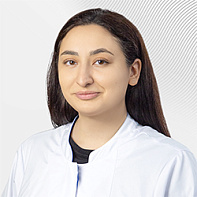



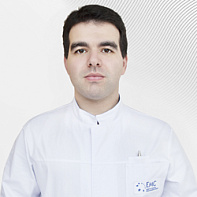

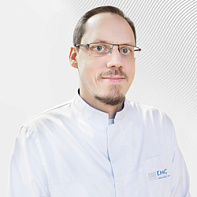
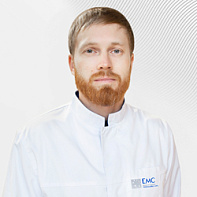

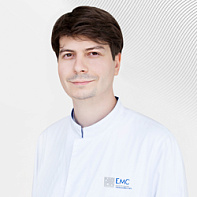


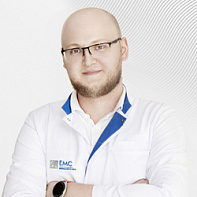
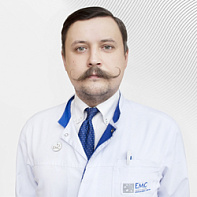
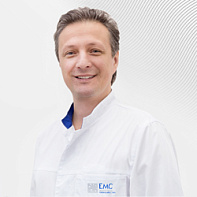
.jpg)
.jpg)
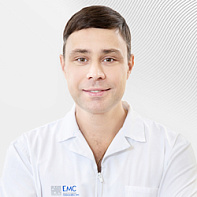
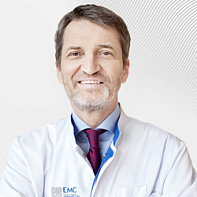

- Specialization - manufacture of individual orthopedic insoles, congenital and acquired deformities of the upper and lower extremities in children
- Performs conservative and surgical treatment of injuries of the musculoskeletal system in children
- Graduated from the Pirogov Russian National Research Medical University, Faculty of Pediatrics
